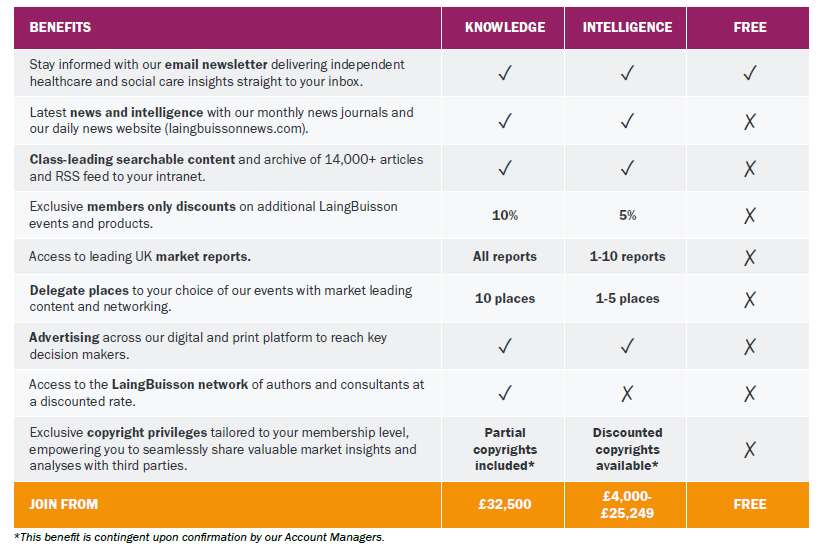PPU and Self pay growth changing the shape of the London acute healthcare market
Valued at nearly £1.6bn billion in 2017, the Central London Private Acute Medical Care market is equivalent to around 40% of the UK market for private patient revenues, according to the latest research by healthcare intelligence provider LaingBuisson.
Publishing the fifth edition of Private Acute Healthcare Central London at the Investing in Healthcare conference today (28 February), the company states that overall revenue growth stalled in 2017, although this disguised an actual decline of revenue for independent hospitals which was counter-balanced by strong growth in NHS Private Patient Units (PPUs). The strongest performing PPUs are carving out niches for themselves, specialising in areas such as cancer and paediatrics. This growth is partly driven by a shift in overseas or embassy patients from the independent sector to the PPUs. These embassy patients currently account for 18% of overall market, with the revenues for PPUs surpassing those of the independent sector for the first time.
Another key development is that self-pay is becoming a more solid source of income. It accounted for 23% of the market in 2017, up from 19% only two years previously. This is down to better marketing and customer service as well as patients facing NHS waiting lists choosing to go to the independent sector for services such as appointments with specialists and diagnostic procedures. There is strong evidence that patients often choose to mix-and-match treatment between the NHS and the independent sector, as paying for more complex procedures is beyond the means of many.
This is set against the background of declining revenue from the largest sector, patients with Private Medical Insurance, as insurers become better at managing their costs and clinical pathway management.
Oncology services are an important and growing part of the market. LaingBuisson estimates that these now account for 30% of the adult surgical/oncology market and 25% of the overall market and is the fastest growing sector. Orthopaedics remains a mainstay of the independent sector but shows little growth, leading to questions about the impact that the entry of new specialist facilities will have on the market.
What the future holds is unclear. As well as the dampeners affecting the wider economy, such as Brexit and consumer confidence, capacity is expanding in central London. New arrivals in the central London private healthcare market are expanding capacity by up to 30%.
Ted Townsend, report author, said:
“Some parts of the central London private acute market continue to grow, but overall the market is flat, and it is undoubtedly changing. Independent providers can no longer rely on what were once strong and steady sources of income, such as international patients and patients with private medical insurance.
Self-paying patients are an attractive group as it becomes larger, although if they continue to mix-and-match their care between the NHS and private sector, it might be difficult for independent providers to capture the lion’s share of diagnostic and treatment revenues.
“While all this is going on, competition from PPUs is getting stronger. Patient are attracted by their keen pricing, and the reputation for specialties remains strong.
“Overall these trends mean that EBITDAR margins have dropped eight percentage points from 22% to 14% in the last three years. £80 million in profit has left the market, perhaps never to return. With so many new entrants to the market, it is hard to see how the profitability of the early 2010s will return, particularly given the broader economic environment. However, the growing interest in Central London from new operators such as the Cleveland Clinic suggests expectation of future potential.”
Find out more about the Private Acute Healthcare Central London report here







